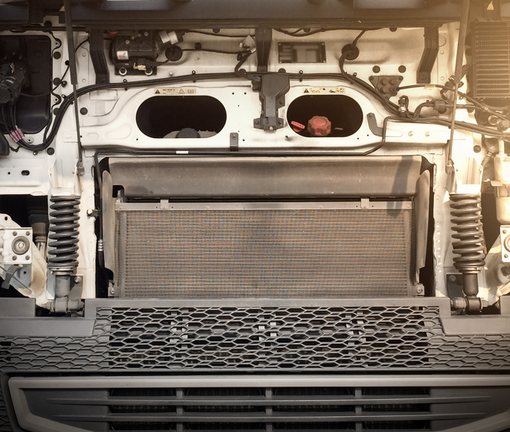Originally appeared in Fleet Owner
It seems like every time we turn around, things cost more. For fleets, that can translate into higher insurance premiums, larger fuel bills, increased costs for maintenance and repair, and bigger price tags for new equipment.
Rising costs are one of the biggest concerns that keep fleet executives up at night. While you may not have a way to stop prices from rising, there are steps fleets can take to gain control over cost increases and lessen their impact on fleet operations.
1. Review vehicle specs
Now is an excellent time to review the items you spec on your vehicles. Are you including technologies that will increase your miles per gallon? While things like aerodynamic devices, tire pressure monitoring systems, etc. may raise the purchase price of a vehicle, they can lower the total cost of operation.
Make sure you are analyzing the value an add-on device brings over the life of the vehicle. When looking at adding safety technology like collision mitigation systems and lane departure warning—to name a few—ask yourself what one accident could cost you? Given today’s nuclear verdicts, an investment in advanced driver assistance system technology is likely money well spent.
2. Focus on maintenance
Well-maintained trucks are more efficient. Make sure your maintenance schedules align with the age and duty cycle of each asset. Older assets may need to be brought in more frequently for maintenance service.
Remember, the costliest repairs are those that are completed following an on-road breakdown, so make sure to have a vehicle inspection completed every time a vehicle is in the shop. Be diligent about tracking preventive maintenance compliance; even one missed maintenance appointment can have significant consequences.
3. Work with drivers on best practices for driving with fuel efficiency in mind
It has long been believed that drivers are a big part of the fuel economy equation. Some experts say drivers have a 33% impact on fuel economy. Encourage drivers to use cruise control and to do things like avoiding hard braking. Drivers are also your first line of defense regarding vehicle maintenance. Remind them of the importance of diligently performing their mandated pre- and post-trip inspection and filling out Driver Vehicle Inspection Reports.
4. Consider leasing
Full-service leasing takes the burden of operating and maintaining your own trucks away. In addition, it gives you a set monthly payment that makes budgeting easier, ensures your trucks are operating efficiently, and insulates you from price increases.
While you might not be able to control rising prices, you can make some operational changes to mitigate the impact of those increases on your business.




